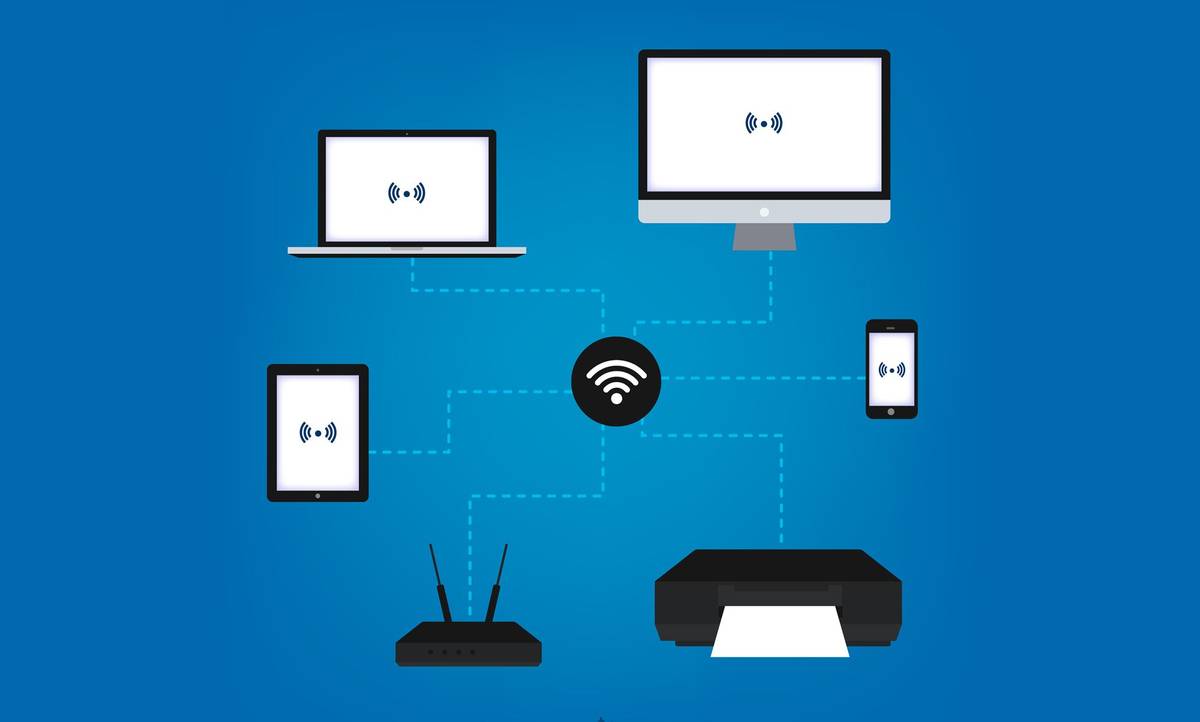Should you now ever choose standard (ADSL) broadband?
The short answer is – ‘No'.
Standard broadband – or ADSL – provides an internet connection through the same line as your home phone. That’s the fixed-line network of copper telephone cables that come from your nearest exchange, into your street’s cabinet, and then across into your home.
You’ll get a maximum download speed of 24Mbps which will probably be fine if you’re only a light internet user. Speeds can vary too. The distance from your home to your local telephone exchange and even the weather can play a factor in how your connection will operate.
The copper switch off
Standard broadband will soon be officially defunct, which officially trumps any argument when it comes to fibre broadband vs copper. It just doesn’t make sense to keep this old technology anymore. BT Openreach have announced that all copper lines (the ones that run from street cabinets to local telephone exchange) will be switched off by 2025, meaning the end of ADSL and analogue telephone networks.

Fibre broadband – partial vs full fibre
Fibre broadband is replacing all standard broadband. It uses fibre optic cables instead of copper cables. Fibre connections are able to achieve up to 1,000 times the bandwidth of copper connections.
However, there are two main different types of fibre broadband on offer and only one can achieve the lightning speeds. The best way to get your head around it is to understand the infrastructure behind both and the speeds they can offer.
What is partial-fibre (or FTTC) broadband?
Most connections that are referred to as ‘fibre broadband’ should more accurately be thought of as ‘partial fibre’. This offers much slower speeds than full fibre.
Like your standard broadband, it still connects from the street cabinets, hence the name ‘fibre-to-the-cabinet’ (FTTC). But, it’s faster, because instead of running through the older, copper cables from the broadband exchange, the fibre network uses its own new fibre-optic cables.
However, the network from street cabinet to your property, is still a copper phoneline, which means the absolute maximum speed that can be reached is 80Mbps. If you see any package advertising speeds between 30Mbps and 80Mbps, it’s likely that this will be through a partial fibre connection.

What is full-fibre broadband?
Full fibre gives you the fastest broadband speed possible. This technology relies entirely on fibre optic cables that run from the broadband exchange to your property, which is also why they can be known as ‘fibre to the premises’ (FTTP). There’s no need for anything in between. Using this technique it is possible to get speeds exceeding 1,000Mbps (1Gbps). Issues like buffering and outages will become a thing of the past with full fibre.
This equipment is future-proofing businesses and homes because, once installed, there won’t be the need to invest in new broadband cables for decades. At the time of this article, full fibre is available to just over 60% of UK homes.

Does your home have access to full fibre yet? Find out with our postcode finder and then discover what are the best packages with fast fibre connections.






